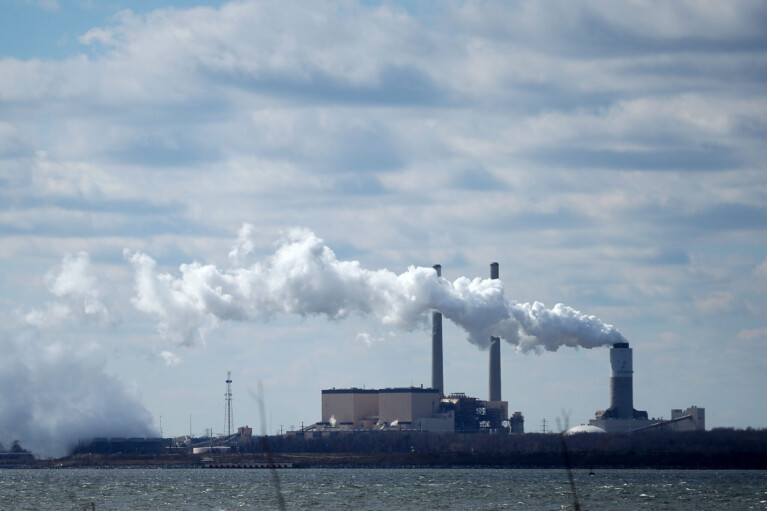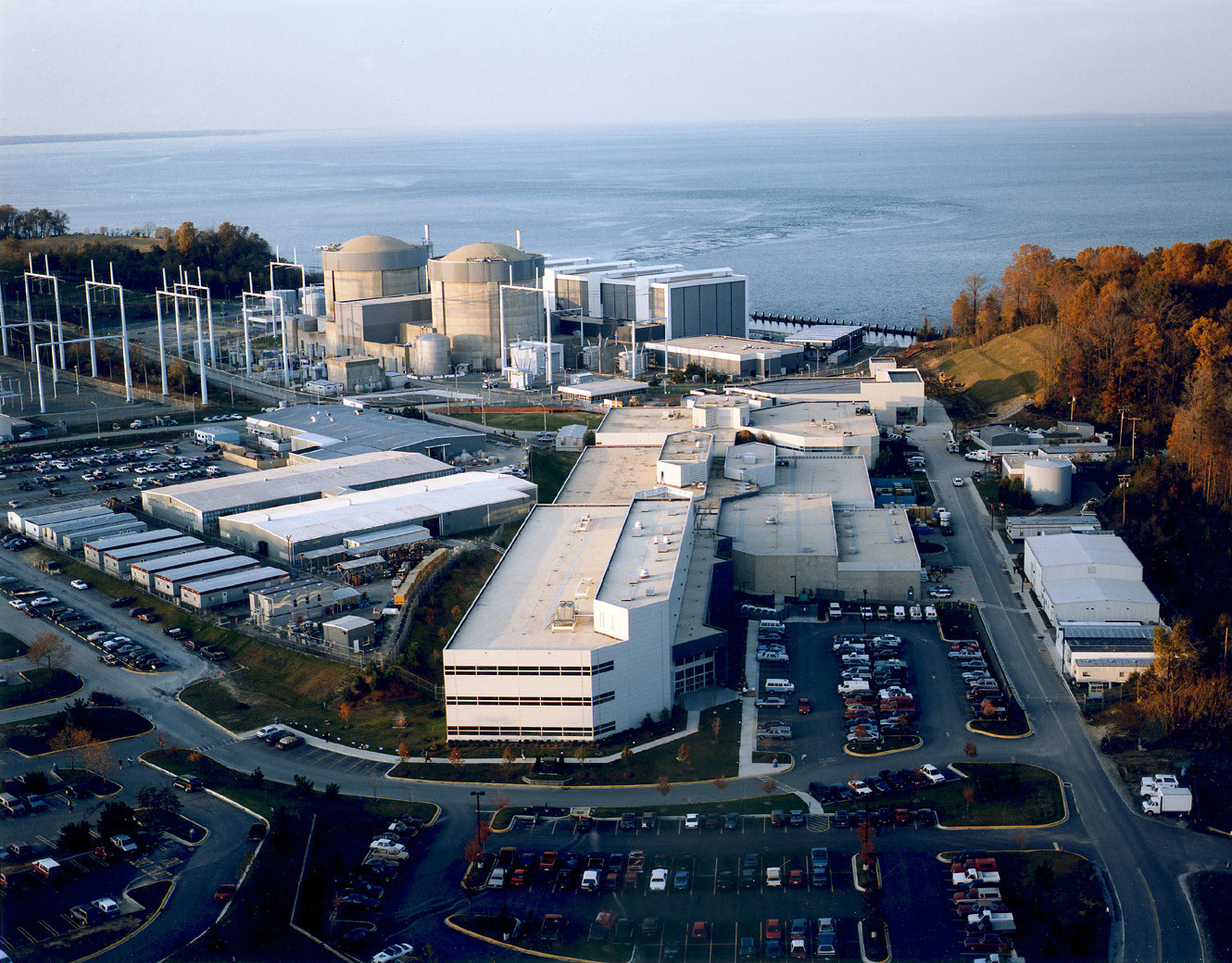State inching forward with building energy performance standards

The state is inching closer to finalizing new energy performance standards for large buildings. But the already-circuitous regulatory process got a little more convoluted Monday, thanks to pressure from the real estate, building and utilities industries.
Officially, a consultative board to the Maryland Department of the Environment (MDE) called the Maryland Air Quality Control Advisory Council voted Monday to adopt proposed regulations that the MDE will implement over the next several years to reduce greenhouse gas emissions and energy usage in large buildings across the state.
The regulation for building energy performance standards applies to buildings with a floor area of 35,000 square feet or more — usually warehouses, office buildings, multi-family housing dwellings, and retail stores and shopping malls. Some buildings are exempt from the standards if they are in financial distress or are barely occupied, or if they are multi-family dwellings using existing energy and emissions reduction programs.
The rule sets standards for carbon reductions in the buildings, which will gradually increase over the next 17 years, and requires building owners to follow guidelines for energy efficiency set by the U.S. Environmental Protection Agency’s Energy Star program. But it also relies on an index called “energy use intensity” to monitor and eventually reduce energy consumption in the buildings.
The goal of the regulation, as laid out in the Climate Solutions Now Act legislation of 2022, is to achieve 20% greenhouse gas emissions in these buildings by 2030, compared to 2025 levels; a 60% reduction in 2035 compared to 2025 levels; and net-zero direct carbon emissions by 2040.
“These are not just soft commitments,” said Mark Stewart, the Department of the Environment’s climate change program manager. “These are written in statute.”
Colorado, California and Washington state have similar standards. So do Montgomery County, Prince George’s County, Annapolis and Washington, D.C.
But the energy use intensity measurement tripped up members of the advisory council, who represent businesses, organized labor, public health organizations, utilities and academic institutions, during a three-hour meeting Monday.
Even though the state is late in finalizing its building performance rule, which was supposed to be set by June 1, members of the council said they were hesitant to rush forward with the energy use goals following pleas from representatives of business groups who testified at the virtual meeting Monday.
Michael Powell, a high-profile lawyer and lobbyist who represents business and energy interests, acknowledged that the energy intensity index is part of the law, but suggested that the Department of the Environment delay implementing that aspect of the regulation, which, he estimated, is going to cost property owners billions of dollars in new sources of energy and changed practices over the next several years.
“We’re not talking about hundreds of thousands of dollars,” he said. “We’re not talking millions of dollars. We’re talking billions of dollars that the regulation would affect.”
Powell also argued that the legislature isn’t going to do anything to lessen industries’ financial burden.
“I guarantee that the General Assembly is not going to appropriate billions of dollars to address these costs, especially when they’re facing a structural deficit,” he said.
The advisory council initially voted to add an amendment to the proposed regulation that would, in fact, delay the implementation of the energy intensity index. But the members started to have second thoughts when they started openly wondering how that would work if the other parts of the regulation moved forward.
“You’ve just taken the teeth out of it,” said Ross Salawitch, a University of Maryland chemistry and biochemistry professor.
Maryland environmental officials began to suggest that a bifurcated regulation would prove to be too cumbersome to develop and enforce. Additionally, they pointed out that the legislature has provided no extra funding so far for the agency to implement the new rule and keep tabs on energy use and carbon emissions in 9,000 buildings over the next several years; requiring a different timeline for different aspects of the regulation, they argued, would be even more burdensome.
“MDE is not doing this for fun,” Stewart said. “It’s not for extra credit. These are required targets…Regulations are mandatory measures. Regulations are not voluntary programs.”
Eventually, the council voted to accept a recommendation from the outgoing chair, John Quinn, director of energy policy at Baltimore Gas & Electric, that the Department of the Environment notify building owners for the first three months if they are not complying with the energy intensity index and urge them to submit a compliance plan, rather than seeking fines right away. That seemed acceptable to his council colleagues; whether the agency goes along is another matter.
“They could say no to anything we say,” Quinn said. “We’re simply advisory.”
The Department of the Environment has several months to implement the new regulation, which must be published first in The Maryland Register. More public testimony will follow.
Meanwhile, building energy standards in the state are likely to become even more comprehensive in the years ahead through the ongoing work of the Building Energy Transition Implementation Task Force, which was created by legislation in the 2023 General Assembly session. In addition to following up on the building energy performance standards, the task force is expected to examine incentives for building electrification projects, heat pump sales targets, low-interest financing programs for building retrofits, and more.
The task force, which has half a dozen more public meetings scheduled this fall, is due to deliver a report with recommendations to the governor and General Assembly by Dec. 1. The work is likely to result in legislation for the 2024 legislative session.
Several people who testified before the Air Quality Control Advisory Council on Monday seemed more interested in discussing the looming debate on building retrofits than the pending regulation on large buildings. One tenant activist with the group Action in Montgomery measured on camera the nitrogen oxide levels in her kitchen when her gas stove was being used and urged the state to swiftly adopt new building electrification standards.
“When I can manage it, I try to cook my meals when my children are at school, so they don’t breathe the toxic chemicals,” the activist, Adama Moussa Harouna, said.




 Creative Commons Attribution
Creative Commons Attribution